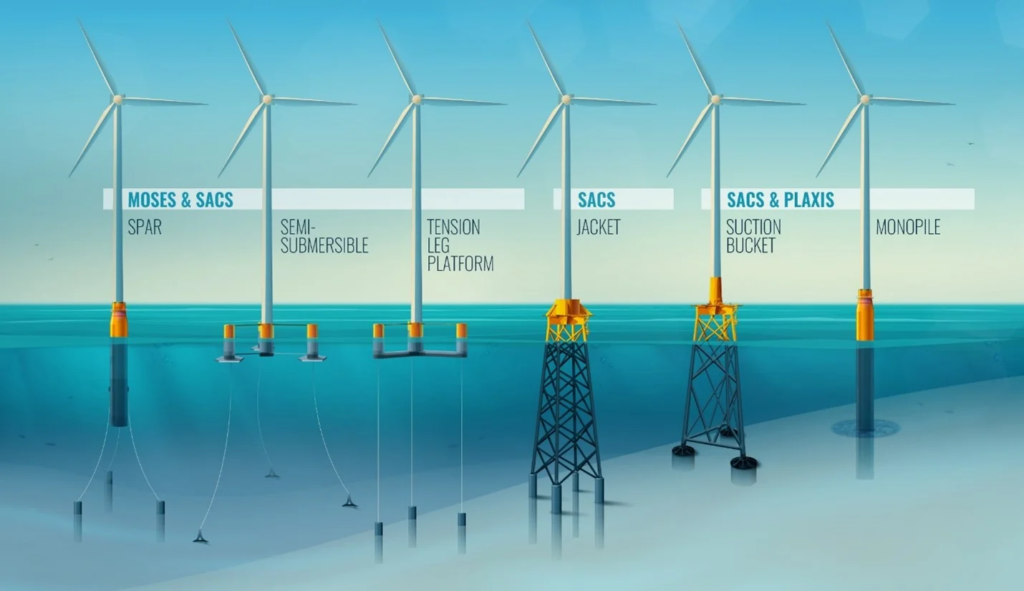
In our quest for sustainable energy sources, offshore wind turbines have emerged as a powerful solution to both our energy needs and environmental concerns. These towering structures, harnessing the kinetic energy of the wind over open waters, have the potential to revolutionize our energy landscape. In this article, we’ll explore the fascinating world of offshore wind turbines, delving into their mechanics, benefits, challenges, and the future they promise.
Table of Contents
- Introduction
- How Offshore Wind Turbines Work
- Advantages of Offshore Wind Energy
- Challenges in Offshore Wind Power Generation
- Innovations and Technological Advancements
- Environmental Impact and Sustainability
- Global Offshore Wind Projects
- Economic Implications and Job Creation
- Regulations and Permitting
- Future Potential: Integrating Offshore Wind into Energy Grids
- Community Engagement and Public Perception
- Investment and Funding
- Comparative Analysis: Onshore vs. Offshore Wind Farms
- Addressing Concerns: Wildlife and Navigation
- Conclusion
- Frequently Asked Questions (FAQs)
1. Introduction
Offshore wind turbines represent a promising avenue for meeting our growing energy demands while minimizing our carbon footprint. Unlike traditional fossil fuels, wind power is clean, renewable, and endlessly abundant.
2. How Offshore Wind Turbines Work
Offshore wind turbines operate on a simple principle: they convert the kinetic energy of the wind into mechanical power through the rotation of their blades. The spinning blades drive a generator, producing electricity that is then transmitted to the shore through underwater cables.
3. Advantages of Offshore Wind Energy
The benefits of offshore wind energy are manifold. First, they can tap into stronger and more consistent wind patterns present over open waters, leading to higher energy production. Second, their location far from populated areas reduces noise pollution and minimizes visual impact.
4. Challenges in Offshore Wind Power Generation
Despite their promise, offshore wind turbines face challenges. These include the high initial costs of installation, potential negative impact on marine ecosystems, and the technical complexities of maintenance in harsh marine environments.
5. Innovations and Technological Advancements
Advancements in materials, design, and installation techniques have greatly improved the efficiency and viability of offshore wind turbines. Floating turbines, for instance, can be placed in deeper waters, expanding the potential locations for wind farms.
6. Environmental Impact and Sustainability
Offshore wind farms can contribute to marine biodiversity by acting as artificial reefs, but they also require careful planning to minimize disruptions to marine life. Balancing their environmental benefits with potential drawbacks is a critical consideration.
7. Global Offshore Wind Projects
Countries around the world are investing in offshore wind projects. From Europe to Asia to the Americas, offshore wind farms are being developed to diversify energy sources and reduce reliance on non-renewable fuels.
8. Economic Implications and Job Creation
The offshore wind sector not only generates clean energy but also jobs. From manufacturing and installation to operation and maintenance, this industry stimulates economic growth and local employment.
9. Regulations and Permitting
Due to their location in coastal waters, offshore wind projects are subject to rigorous regulations and permitting processes. These ensure environmental protection, safety, and efficient energy production.
10. Future Potential: Integrating Offshore Wind into Energy Grids
As technology improves and integration methods evolve, offshore wind power could become a staple in global energy grids, providing a stable and sustainable energy source.
11. Community Engagement and Public Perception
Involving local communities in the planning and decision-making process of offshore wind projects is crucial for successful implementation. Addressing concerns and building public support are essential steps.
12. Investment and Funding
Investing in offshore wind requires significant capital, but the long-term benefits in terms of clean energy production and reduced greenhouse gas emissions make it an attractive option for investors and governments.
13. Comparative Analysis: Onshore vs. Offshore Wind Farms
Comparing onshore and offshore wind farms reveals unique advantages and challenges for each. Offshore wind farms often have higher upfront costs but can generate more consistent energy due to the consistent ocean winds.
14. Addressing Concerns: Wildlife and Navigation
Critics raise concerns about potential impacts on bird migration and marine navigation. Ongoing research and mitigation strategies aim to minimize these effects and strike a balance between progress and conservation.
15. Conclusion
Offshore wind turbines stand as a beacon of hope in the transition to a more sustainable and greener energy future. With their increasing efficiency, technological advancements, and positive economic and environmental impacts, they offer a powerful solution to our energy needs.
